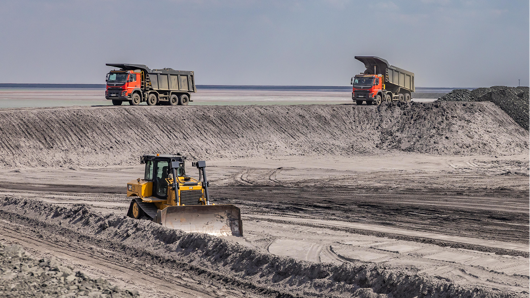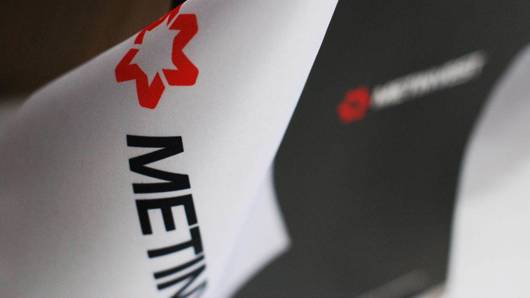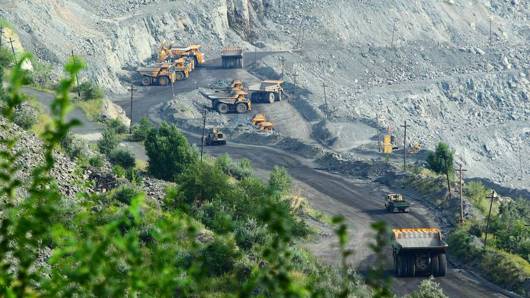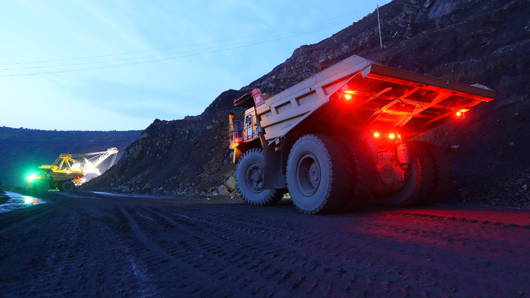The networks and substations shop at Kamet-Steel has begun the first stage of a large-scale major overhaul of a key substation that supplies power to technological processes. As part of the major overhaul, the company plans to upgrade key equipment in order to improve the reliability of energy supply and occupational safety for the networks and substations shop's personnel.
Among the key objectives is to replace outdated equipment, which is no longer used in external electrical networks, with modern switching equipment. In particular, disconnectors will be replaced with a new 150 kV gas-insulated circuit breaker. In addition, microprocessor-based relay protection and automation units will replace electromagnetic relays. These are more "sensitive" in terms of protection and provide automated rapid response by the apparatus in case of emergencies.
The new equipment will enable the implementation of 150 kV electrical circuit protection directly at Kamet-Steel substations, whereas previously this was carried out at DTEK's external remote substation. Therefore, power engineers will be able to localise the emergency area and streamline the accident elimination process.
Mykhailo REVIN, assistant to the head of the networks and substations shop for engineering, said:
"We have begun one of the most important major overhauls of the shop's key equipment this year. As part of this, obsolete electrical equipment will be replaced with state-of-the-art automated equipment. This represents a new level and modern approach to operational switching processes, which will be performed remotely and automatically with a control key without the physical presence of workers beneath the switching equipment. This is a significant step towards improving personnel safety. As a result, we expect to have a modern, reliable electricity supply scheme for an important area of the enterprise, as well as improved working conditions and enhanced safety for the networks and substations shop's personnel."
Currently, all the outdated equipment at the repair site has been dismantled and excavation work has begun to prepare the foundations for the new equipment. After that, repair specialists will start its installation.









